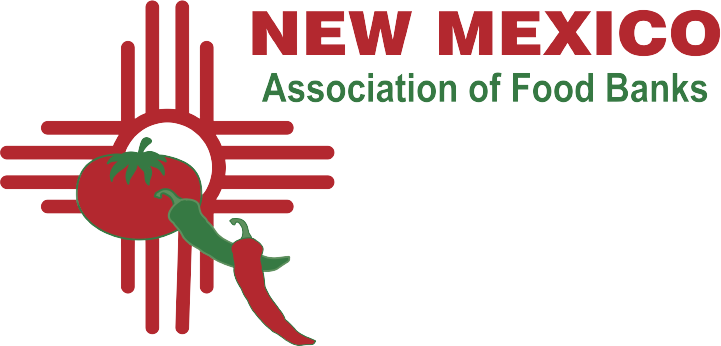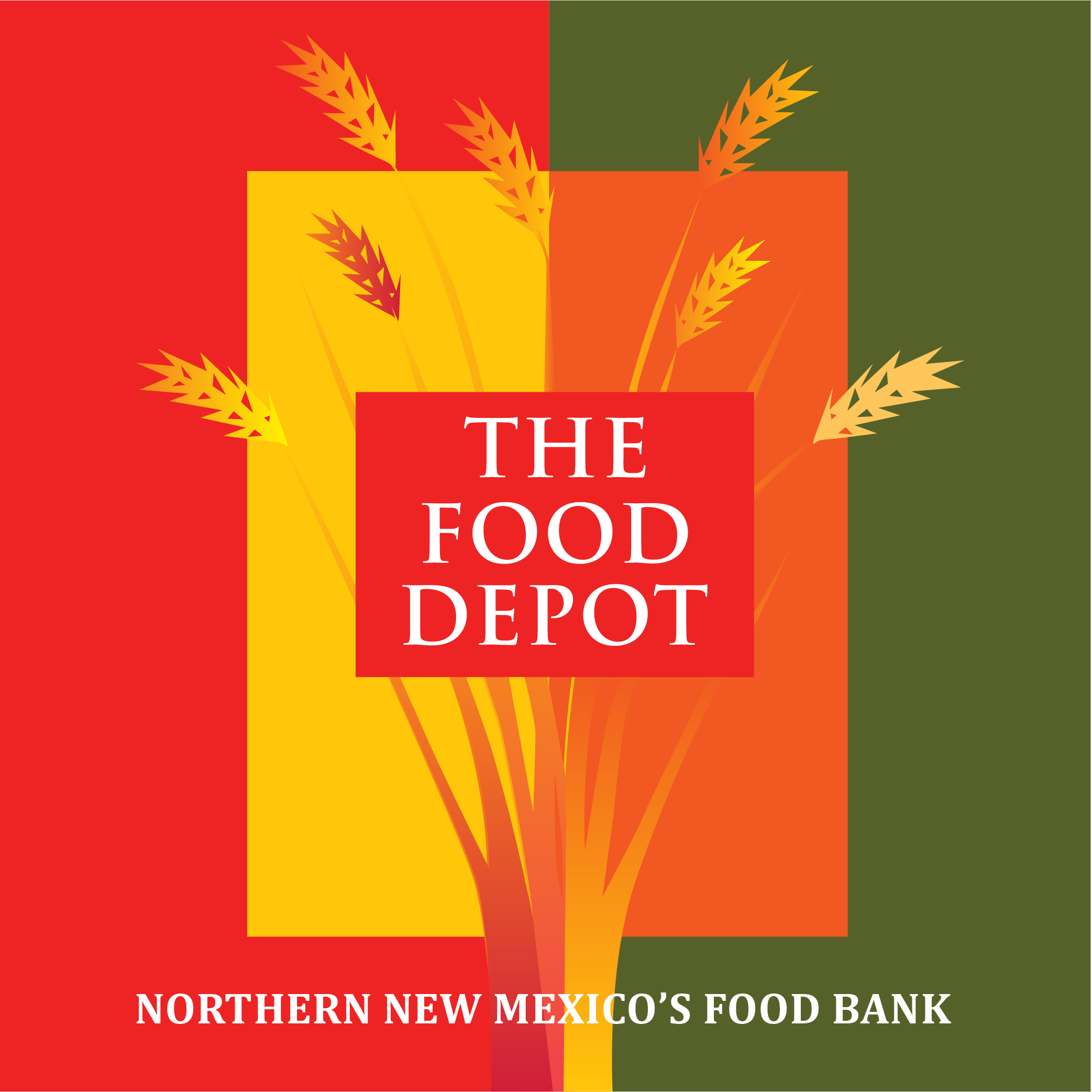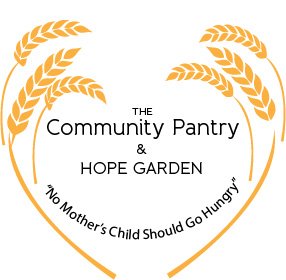The New Mexico
Association of Food Banks
In a unified voice, the New Mexico Association of Food Banks brings together the expertise and leadership of food banking and nonprofit professionals from across the state.
Food bank leaders share information, establish best practices, and leverage resources. Our members build capacity and expand services with partner distribution locations in every part of the state. The Association is able to combine our buying power to access and acquire bulk food items, especially produce, at very reasonable and affordable prices. We share the cost of transportation and manage the logistics for nutritious food to arrive at hundreds of food distribution locations across the state. The collaboration of member food banks ensures effective and efficient organizational practices to properly steward our donor’s investment in our work.
What Do Food Banks Do?
Food banks act as food storage and distribution hubs for smaller front-line agencies that are made up of food pantries, soup kitchens, group homes, shelters, schools, senior centers, low-income senior housing, healthcare sites and more. Food banks collect, source, warehouse, transport and distribute a variety of donated and purchased food items, produce, and other grocery products.
A majority of the food collected by food banks occurs through a process known as food rescue. Food rescue captures unwanted and excess food from the food industry, namely quality food items that would be discarded into the landfill otherwise. Food banks capture food items from food distributors, manufacturers, grocery stores and even local growers and farms. The food is brought back to our warehouse and then sorted and prepared by volunteers.
Food banks leverage their connections with the national network and other relationships to purchase food at the lowest possible price, often saving our small, non-profit partners and churches up to 60% on food they would normally purchase at wholesale prices.
Need services or looking to get involved?
FAQs
-
First, find the food bank that services where you live by clicking here. Call or visit your food bank’s website for more information.
-
Volunteers are a vital part of daily operations at food banks! First, find the food bank in your area by clicking here. Call or visit their individual websites to learn more!
-
Food banks rely on diversified funding streams. From federal, state, and local government assistance to private donations and grants. Private donations are highly appreciated and help to fill gaps in nutrition and staff funding.
-
3 main ways:
Grocery items are donated from food drives, major retail stores and distribution centers, manufacturers, farms and packing houses.
To supplement donations and to provide specific food for a program or to help partner agencies save money on food they may not receive through donations, food banks purchase food by leveraging our national network and relationships to purchase food at the lowest possible price, often saving our partners up to 60% on food they would normally purchase at a wholesale warehouse-shopping club.
USDA Commodities are foods that are purchased by the US Department of Agriculture and provided to food banks for distribution to qualified community and non-profit organizations. These products range from canned and boxed, shelf stable foods to fresh produce and frozen meats
-
For more information on how food banks work, please visit https://www.feedingamerica.org/our-work/food-bank-network








